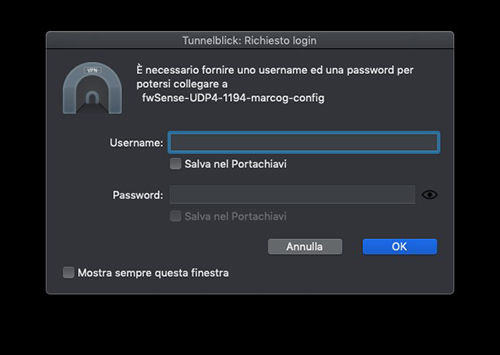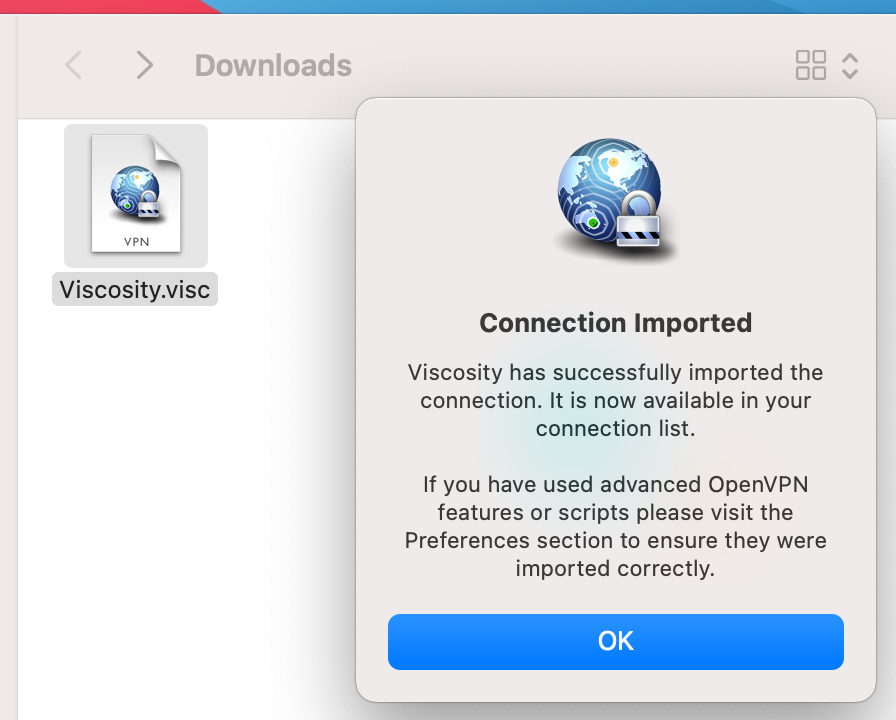

- Pfsense openvpn tunnelblick install#
- Pfsense openvpn tunnelblick update#
- Pfsense openvpn tunnelblick mac#
Change this to my public IP address and everything works perfectly!. The issue is when using domains in the "remote" line of my ovpn file I get the "no route to host" error.
Pfsense openvpn tunnelblick update#
Periodically, we do update config files, and servers are sometimes removed, reassigned, or added. If you reset your OpenVPN credentials, both devices need to be reconfigured.
Pfsense openvpn tunnelblick mac#
I have my domain "vpn.l#.co" setup with Route 53 and DynamicDNS enabled on pfSense (all working). Example: you have Tunnelblick set up on Mac succesfully but encounter issues with iOS connections. I have mostly followed this guide for setting everything up: r/pfblockerng /r/sysadmin /r/networking /r/homelab /r/homenetworkingīeen a few years since setting up VPN servers, figured I'd play and see what I can do with pfSense. This is a community subreddit so lets try and keep the discourse polite. This subreddit is primarily for the community to help each other out, if you have something you want the maintainers of the project to see we recommend posting in the appropriate category on our Netgate forum. If you are looking to sell or buy used hardware, please try /r/hardwareswap.

If you are looking for help with basic networking concepts, please try /r/homelab or for more advanced, /r/networking.ĭo not post items for sale in this subreddit. Use a search engine like Google to search across the domain: Issues connecting to pfSense OpenVPN using Tunnelblick Post by cw12 » Fri 2:30 pm I am attempting to connect to an openvpn server I created in pfSense using Tunnelblick on a Mac. We have a great community that helps support each other, but we also provide 24x7 commercial support.īefore asking for help please do the following:
Pfsense openvpn tunnelblick install#
You can install the software yourself on your own hardware. You can buy official pfSense appliances directly from Netgate or a Netgate Partner. Correct operation can be verified by the icon which will turn white.Or by positioning the cursor over the icon, a popup will be shown with the information relating to the connection.The pfSense project is a free, open source tailored version of FreeBSD for use as a firewall and router with an easy-to-use web interface. To connect to the VPN, select the Tunnelblick icon and select the loaded profile.Login credentials will be requested.Once inserted and given OK, the VPN will activate. As explained in the instructions, to load the VPN configuration, simply drag the configuration file to the icon of Tunnelblick:Or click on the tunnelblick icon and select VPN DetailsAnd dragging the file into the configuration section.You will be asked whether to save the configuration for the single user or for all users on the PC.The configuration has now been loaded. I was surprised to find a pfSense at the top of the block list with its own IP (192.168.1.10) being blocked from accessing two shady Romanian IPs(2.57.122.3.

It has been good to me so far until today morning when checking my IP block stats. The Tunnelblick icon will be present in the menu bar. OpenVPN server and Tunnelblick client 'No route to host' when using hostname in DNS entry. Selecting “ I have no configuration file” a folder containing an example configuration file will be created on the desktop, and the editor will automatically open to edit the file. We recommend downloading the latest Stable version availableOnce downloaded, run the downloaded programDouble click on Tunnelblick iconAllow the opening of the applicationClick Continue and we will receive the notice of successful installation of the program.Automatically the program starts and asks us if we already have a configuration file.īy selecting the “ I have a Configuration file” option, the instructions for uploading the VPN configuration file are shown. Mojave, quite similar to the other versions.ĭownload the version of Tunnelblick.

This guide shows you how.[ Tunnelblick installation for MacOS The pfSense operating system, which is oriented to firewall and router, has several VPN protocols to interconnect sites through Site-to-Site VPN, and we can also configure remote access VPN to interconnect different mobile clients with each other, and so that all Internet traffic goes through the operating system itself. To connect our MAC to the corporate VPN system, we need to download, install and configure the Tunnelblick program and the digital certificate of the VPN.


 0 kommentar(er)
0 kommentar(er)
